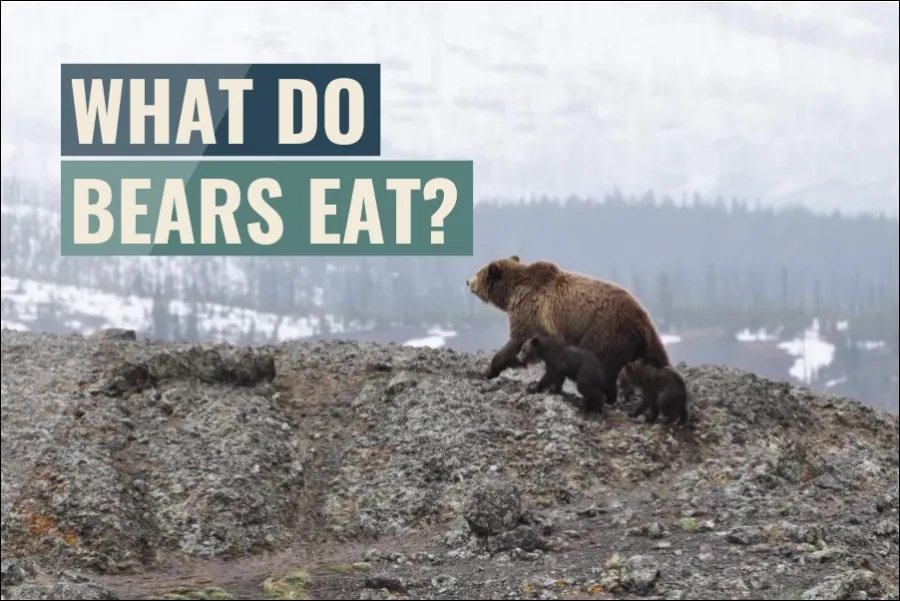
Bears, a species that may be found in a wide range of environments, are interesting and formidable beasts. These omnivores’ diets are as varied as the bears themselves and their environments. The three varieties of bears discussed in this article—polar bears, brown bears, and black bears—will each have their respective diets examined in detail.
Bears are omnivores, meaning that their diet varies with the seasons and the types of food that are available in their environment. Black bears eat a wide variety of foods, including fruit, nuts, insects, and small animals, whereas brown bears and polar bears mostly eat meat. In regions where people and scavengers cohabit, scavengers may eat leftovers.
When it comes to food, these strong omnivores have quite different diets depending on where they live and the resources they have access to, from the arctic hunting areas of polar bears to the foraging grounds of brown bears. Bears’ behavior and interactions with their surroundings may be greatly elucidated by studying their diets.
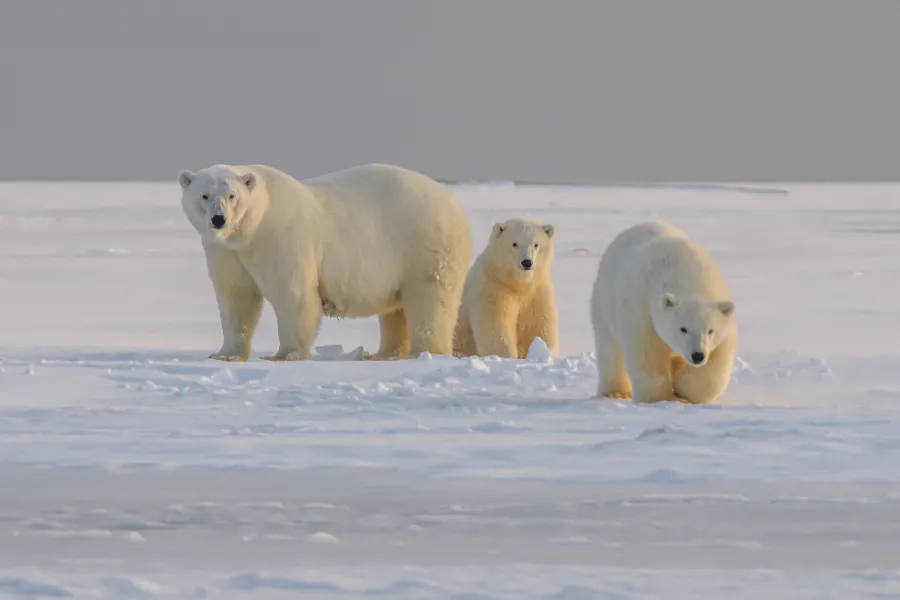
What do polar bears eat?
Located in the arctic areas of North America, Europe, and Russia, polar bears are the biggest terrestrial carnivores on the planet. These magnificent creatures have honed a multitude of adaptations, both innate and learned, that make them well-suited to the harsh conditions of their frigid home. Polar bears mostly eat seals, which they hunt and capture both in the water and on land. Polar bears have developed several adaptations, including webbed feet and a covering of fat that offers insulation and buoyancy, that make them effective swimmers and predators in the icy waters where they live. Polar bears don’t just chow down on seals; they may also eat fish and birds.
Polar bears’ diets shift with the seasons. The melting of the ice in the spring and summer may make it harder for polar bears to hunt seals, forcing them to seek alternative food sources such as birds and their eggs or scavenging. As the ice begins to develop in the autumn, polar bears may rely more heavily on seals as a food source. Polar bears may enjoy the finest hunting circumstances and eat the most seals during the winter, when the ice is at its thickest.
Polar bears are opportunistic eaters; when hungry, they’ll eat whatever is easiest. Many variables, including climate change, which causes sea ice to melt sooner in the spring and develop later in the fall, can impact food availability. Polar bears’ capacity to eat and live may be drastically altered as a result of this.
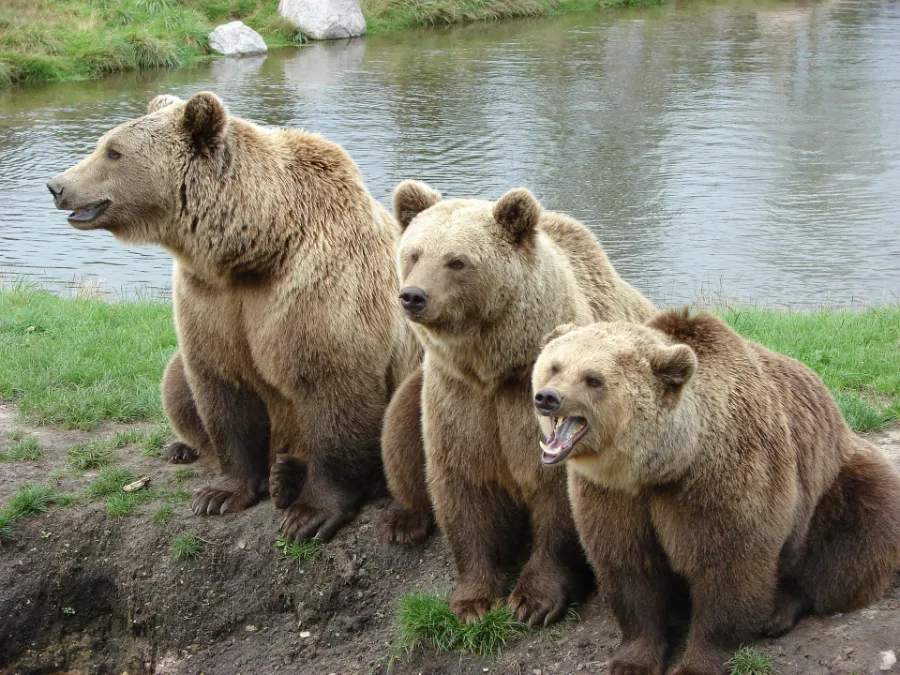
What do brown bears eat?
A brown bear’s diet consists of a wide variety of plant and animal matter. They go out on foraging trips in the summer and fall, where they eat a wide range of vegetation, from berries to nuts to roots. Fish, tiny animals, and insects have all been found in their stomachs as well. Depending on its environment, a brown bear’s food may change. Brown bears living near the ocean could eat more fish than their inland counterparts, and vice versa. Brown bears are opportunistic eaters, meaning they will eat anything is available.
In the colder months, brown bears go into a state of dormancy called “hibernation,” during which they stop eating, drinking, and defecating. They make it through the cold season by eating their stored fat from the summer months. Brown bears may hibernate through the harsh winter months when food is short.
Brown bears can survive on a variety of plant and animal matter, but in locations where they interact with humans, they may also scavenge for human food and rubbish. This is a major cause for conservation concern because of the potential for human-animal conflict. To lessen the likelihood of these incidents, humans should bear-proof their houses, campsites, and garbage cans.
Brown bears are primarily nocturnal, however they are known to scavenge for food during the day in the summer and fall. Digging through roots, capturing fish, and robbing bird nests are just a few of the ways they sustain themselves. When hungry, brown bears will make do with whatever is at hand, earning them the reputation as opportunistic eaters.
Brown bears emerge from their dens in the spring after a lengthy winter hibernation as the temperature warms and flora begin to bloom. They may still be hungry and looking for something to eat in order to restore their energy stores. As grasses, plants, and small creatures become accessible in the spring, brown bears may consume them. Over the course of the summer, they’ll have access to a wider array of edible options.
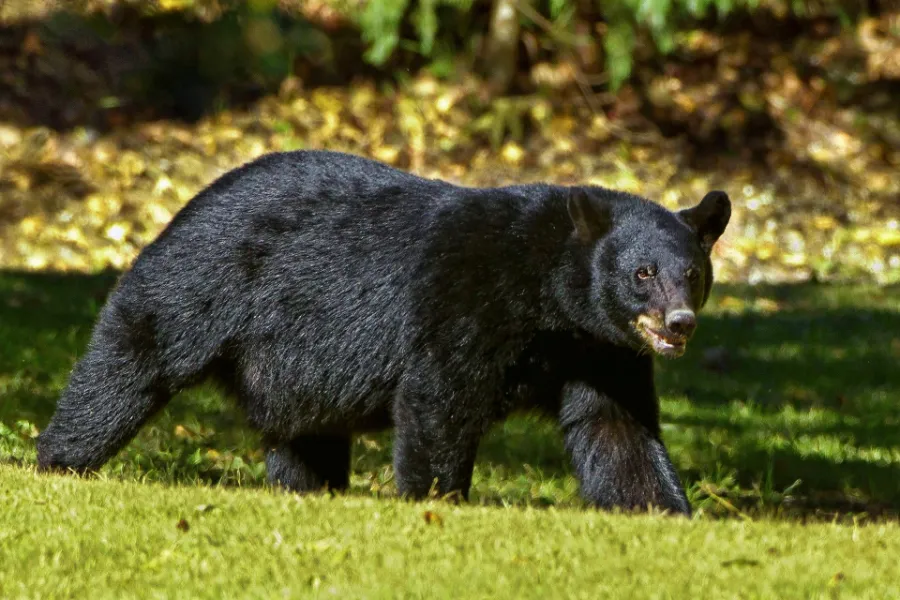
What do black bears eat?
Black bears are omnivores, meaning that their diet is adaptable and may contain both plant and animal matter. Black bears’ diets tend to shift from meat to more plant-based items in the warmer months of the year. They are expert foragers that would steal from bird feeders or scavenge for dead animals. Black bears have the reputation of being opportunistic eaters, meaning they will eat anything is in front of them. When food becomes short during the winter, black bears may hibernate for several months. They will slumber for long stretches and live off their fat stores throughout this time. Some black bears, especially those who live in milder climates or have access to human food sources, may remain active all winter long rather than hibernating.
It’s possible for a black bear’s diet to change depending on where it lives and what kinds of food are readily available to it. Black bears in regions with a longer growing season and a greater variety of natural food sources may eat a wider variety of foods than their counterparts in regions with a shorter growth season and less food variety. Black bears may scavenge for human food and rubbish in regions where both humans and bears cohabit, in addition to their natural food sources. This is a major cause for conservation concern because of the potential for human-animal conflict. To lessen the likelihood of these incidents, humans should bear-proof their houses, campsites, and garbage cans.
Black bears are expert foragers that may be found using a wide range of strategies to fill their bellies, including stealing from bird feeders and scavenging on carrion. They could consume fruit, nuts, and insects during the warmer months of the year. There’s a chance that rats, or other tiny animals, become a more important source of food throughout the winter. Black bears have the reputation of being opportunistic eaters, meaning they will eat anything is in front of them.
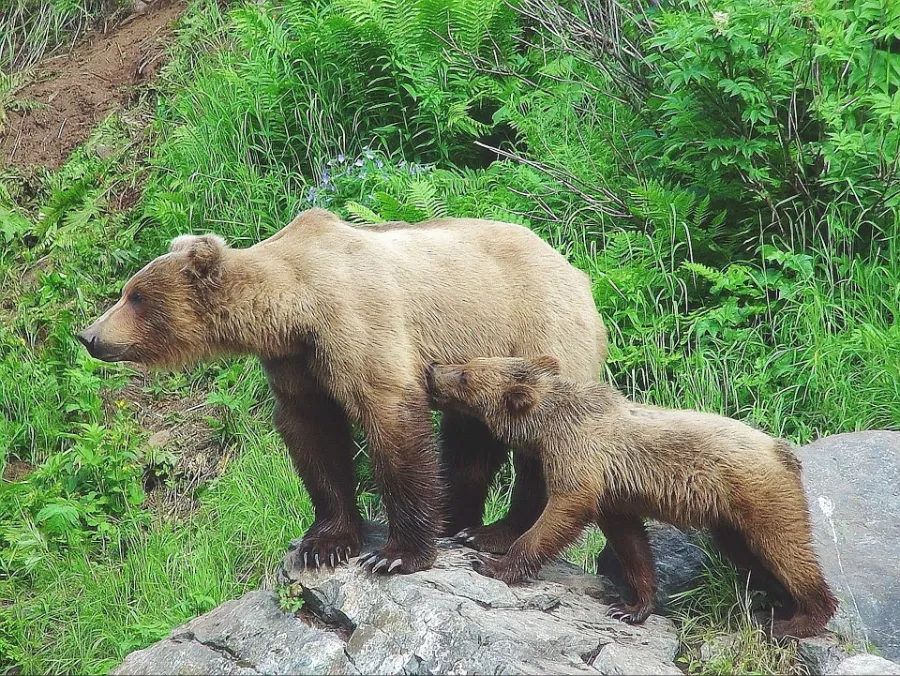
Do bear eat their cubs for food?
Located in the arctic areas of North America, Europe, and Russia, polar bears are the biggest terrestrial carnivores on the planet. These magnificent creatures have honed a multitude of adaptations, both innate and learned, that make them well-suited to the harsh conditions of their frigid home. Polar bears mostly eat seals, which they hunt and capture both in the water and on land. Polar bears don’t just chow down on seals; they may also eat fish and birds. When the ice is thickest in the winter, seals are a more readily available food source for polar bears. Polar bears are opportunistic eaters; when hungry, they’ll eat whatever is easiest.
The brown bear, often called the grizzly bear, may be found in a wide range of environments. Large and powerfully built, these bears have a reputation for being formidable predators. However, contrary to popular belief, brown bears are omnivores and consume a wide variety of foods. The brown bear’s diet consists primarily of berries, although it also includes nuts, roots, and other vegetation throughout the summer and fall. They have mastered the art of securing nourishment from a wide range of sources, including fishing and digging for roots. In the colder months, brown bears go into a state of dormancy called “hibernation,” during which they stop eating, drinking, and defecating. They make it through the cold season by eating their stored fat from the summer months.
The black bear, North America’s most abundant bear species, may be found in wooded areas, mountainous regions, and even swampy lowlands. Although smaller and less intimidating than brown bears, these creatures are nevertheless strong and very clever. Black bears, like brown bears, are omnivores, meaning they eat both plants and animals. Black bears’ diets tend to shift from meat to more plant-based items in the warmer months of the year. They are expert foragers that would steal from bird feeders or scavenge for dead animals. Black bears have the reputation of being opportunistic eaters, meaning they will eat anything is in front of them. When food becomes short during the winter, black bears may hibernate for several months. They will slumber for long stretches and live off their fat stores throughout this time. Some black bears, especially those who live in milder climates or have access to human food sources, may remain active all winter long rather than hibernating. It’s possible for a black bear’s diet to change depending on where it lives and what kinds of food are readily available to it. Black bears in regions with a longer growing season and a greater variety of natural food sources may eat a wider variety of foods than their counterparts in regions with a shorter growth season and less food variety.
